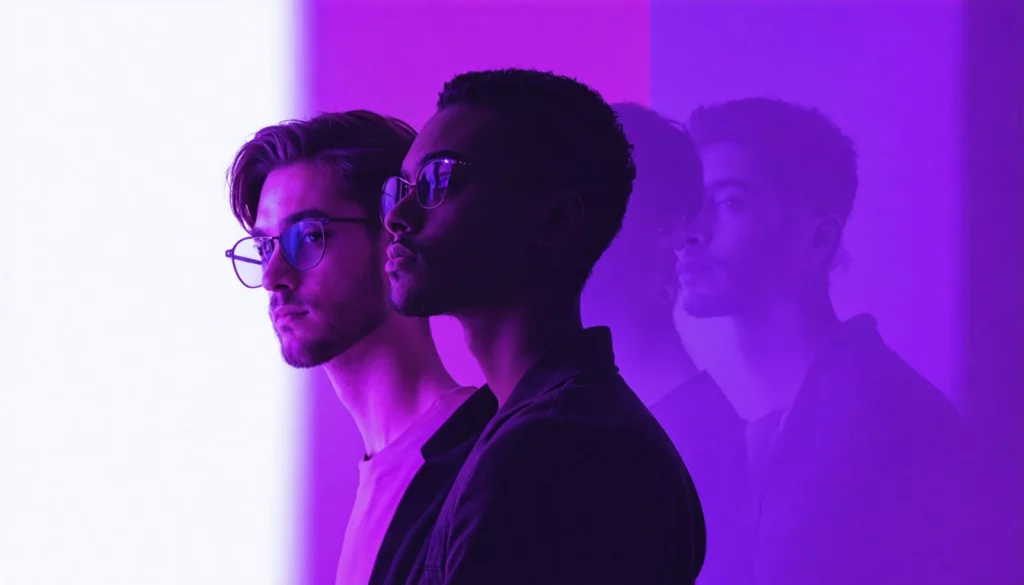In the blink of an eye, personal photography has undergone a revolutionary transformation. From the days of bulky cameras and film rolls to the era of pocket-sized smartphones and artificial intelligence, the way we capture and share our memories has evolved dramatically. This article explores the fascinating journey of personal photography in the digital era, tracing its path from the rise of selfies to the integration of AI technologies.
The Dawn of Digital Photography
The transition from analog to digital marked the first significant shift in personal photography. Digital cameras liberated us from the constraints of film, allowing us to take countless photos without worrying about running out of exposures. This newfound freedom changed our approach to photography, encouraging experimentation and spontaneity.
Key Milestones:
- 1975: The first digital camera prototype by Kodak
- 1990s: Consumer digital cameras become widely available
- Early 2000s: Digital cameras surpass film cameras in sales
The Smartphone Revolution
The integration of cameras into mobile phones marked another pivotal moment in the evolution of personal photography. Suddenly, everyone had a capable camera in their pocket at all times. This ubiquity led to the democratization of photography, turning millions into amateur photographers overnight.
Impact of Smartphone Cameras:
- Increased accessibility and convenience
- Rise of social media photo sharing
- Development of mobile editing apps
The Selfie Phenomenon
As front-facing cameras became standard on smartphones, the “selfie” emerged as a cultural phenomenon. Self-portraits, once a niche genre in photography, became a daily practice for millions worldwide. The selfie stick, introduced in the mid-2010s, further fueled this trend, allowing for wider-angle self-portraits and group shots.
Selfie Culture:
- Social media influence and the pursuit of the perfect selfie
- Selfie-specific features in smartphones (e.g., beauty modes, filters)
- The rise of influencer culture and personal branding through selfies
The Age of Filters and Editing Apps
As smartphone photography gained popularity, so did photo editing apps. Filters became a quick way to enhance photos, while more advanced editing tools allowed users to retouch and manipulate images with professional-level results. This trend blurred the lines between reality and digital enhancement, sparking debates about authenticity in personal photography.
Popular Editing Trends:
- Instagram filters and presets
- Face-tuning and body modification apps
- AR filters for real-time photo and video enhancement
The Rise of Computational Photography
Advancements in smartphone hardware and software ushered in the era of computational photography. This technology uses algorithms to enhance and optimize photos, pushing the boundaries of what’s possible with a small smartphone camera.
Key Computational Photography Features:
- HDR (High Dynamic Range) imaging
- Night mode for low-light photography
- Portrait mode with artificial bokeh
AI in Personal Photography
The integration of artificial intelligence into photography represents the cutting edge of this evolution. AI algorithms can now enhance photos, recognize scenes and objects, and even generate entirely new images based on text prompts.
AI Applications in Photography:
- Automatic scene optimization
- AI-powered photo organization and search
- Deep learning-based image enhancement
- AI-generated art and photography
The Future of Personal Photography
As we look to the future, the boundaries between photography, augmented reality, and artificial intelligence continue to blur. We’re entering an era where capturing a moment might involve not just taking a photo, but creating an immersive, multi-sensory experience.
Emerging Trends:
- 3D photography and holographic images
- AI-powered storytelling through photos
- Integration of photography with virtual and augmented reality
Conclusion
The journey from selfies to AI in personal photography reflects broader technological and cultural shifts. As we’ve moved from simply capturing moments to enhancing, manipulating, and even creating them, our relationship with personal photography has fundamentally changed. While these advancements offer exciting possibilities, they also raise important questions about authenticity, privacy, and the nature of memory itself in the digital age.
As we continue to push the boundaries of what’s possible in personal photography, one thing remains clear: our desire to capture and share our lives through images is as strong as ever. The tools may change, but the human impulse to document our experiences endures, evolving alongside the technology that makes it possible.

